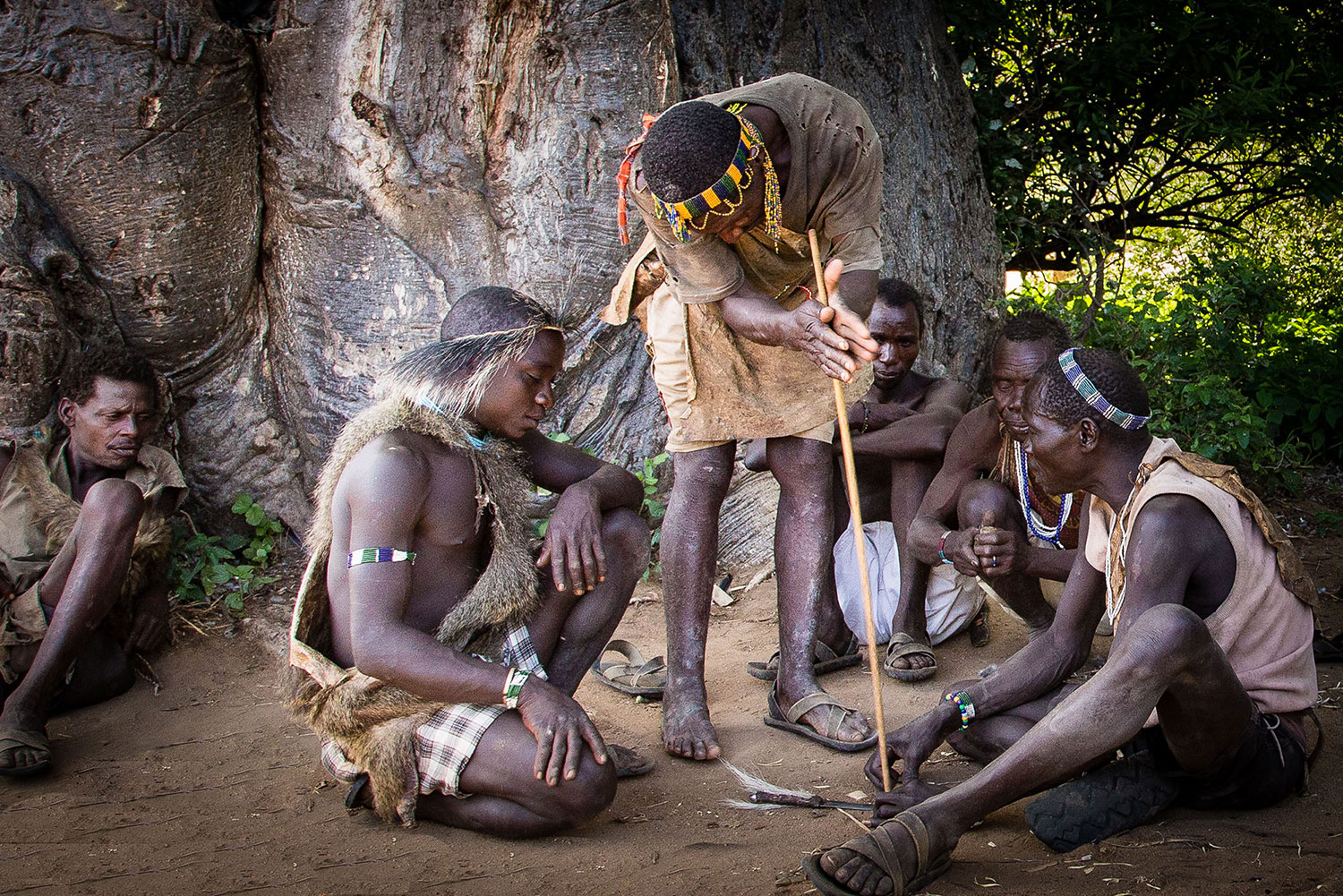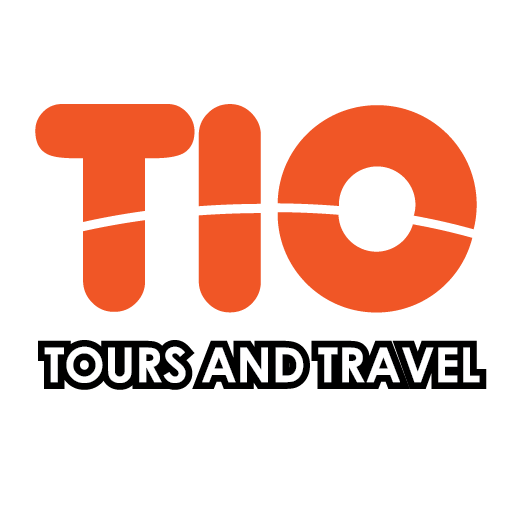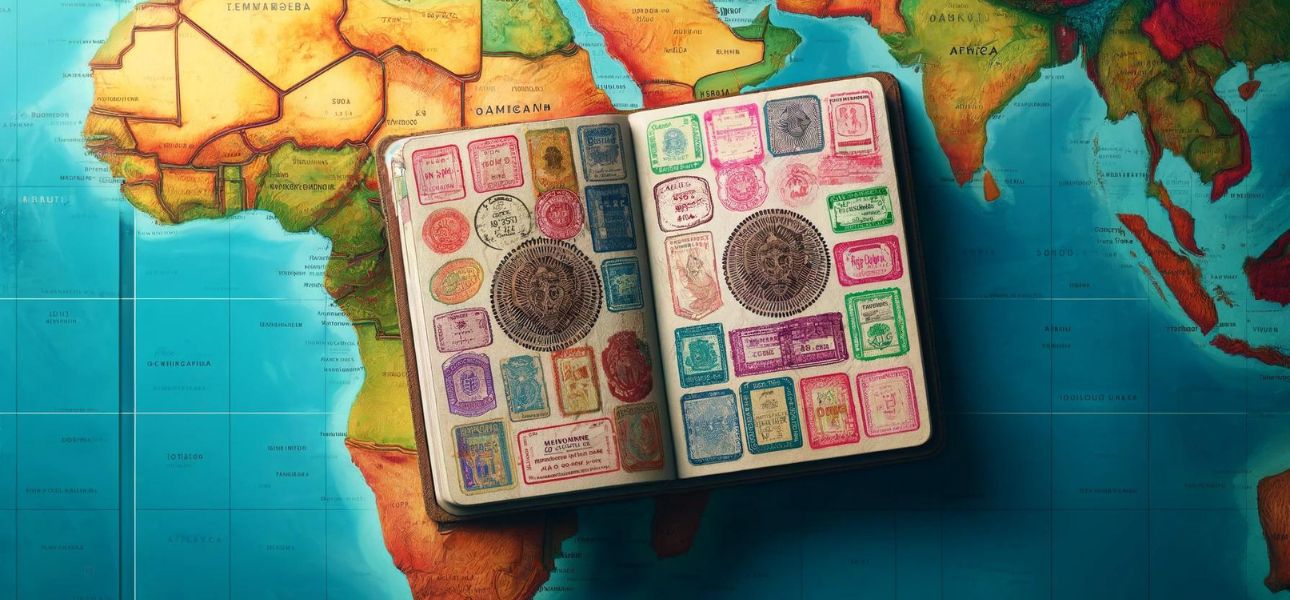2025-2026 East Africa Travel Guide: Premier Destinations and Emerging Trends.

Whether you're chasing the Great Migration, seeking serene gorilla encounters, or exploring vibrant cultural heritage, East Africa blends raw natural beauty with rich human stories. Expect a focus on eco-conscious experiences, as travelers increasingly prioritize low-impact luxury and meaningful connections.
Practical Information for Travelers
Visa and Entry Requirements
- East Africa Tourist Visa (EATV): For $100, this single visa grants 90-day access to Kenya, Uganda, and Rwanda, ideal for multi-country itineraries. Apply online via official portals.
- Kenya's eTA: Most visitors need an Electronic Travel Authorization, applied for digitally in advance no embassy visits required.
- Tanzania: No visa-on-arrival for some nationalities; apply online. All visitors must have travel insurance covering medical emergencies starting in 2025.
- General Tip: Check eligibility and fees on government sites, as updates are frequent. Rwanda and Uganda often waive fees for EATV holders.
Health and Safety
- Yellow Fever Vaccination: Mandatory for entry into Kenya, Tanzania, and Uganda carry proof. Consult the CDC or WHO for other requirements like malaria prophylaxis.
- Insurance: Comprehensive coverage is essential, including evacuation for remote areas. Tanzania mandates it for 2025 onward.
- Safety: Parks like Serengeti and Maasai Mara are secure with guided tours. Use reputable operators and follow anti-malaria measures.
Best Time to Visit
For safaris in Kenya’s Maasai Mara or Tanzania’s Serengeti, especially to witness the Great Migration’s dramatic river crossings, aim for July to October when dry weather concentrates wildlife and ensures clear skies. This period also suits Amboseli, Ngorongoro Crater, Tarangire and Uganda’s Murchison Falls for prime game viewing, with elephant herds and predator action peaking. Gorilla trekking in Uganda’s Bwindi or Rwanda’s Volcanoes National Park is ideal from June to September or December to February, offering cooler temperatures and less muddy trails. For Zanzibar’s beaches, December to February or June to October provide warm, dry conditions perfect for relaxation. The wet seasons, November to May, bring lush landscapes and fewer crowds but can disrupt travel with rain, especially in remote areas. January to March is great for Serengeti’s calving season, while Mount Kilimanjaro treks shine in January to March or June to October for stable summit conditions.
Getting There and Around
- Flights: Major hubs like Nairobi (Jomo Kenyatta International) and Dar es Salaam connect via Europe, Middle East, and direct U.S. routes. New 2025 connections include increased regional flights from Airlink and Air Botswana for easier hops between Kenya, Tanzania, and Uganda.
- Internal Travel: Use light aircraft for park transfers (e.g., Serengeti airstrips). Roads are improving, but 4x4s are essential for safaris. Mobile payments like M-Pesa simplify transactions.
- Park Fees: Expect revisions in 2025–2026 to fund conservation—budget $50–$200/day per park.
Premier Destinations
East Africa's highlights revolve around iconic safaris, primate adventures, coastal escapes, and vibrant cultural heritage. Here's a curated list of top spots for 2025–2026, emphasizing wildlife, culture and accessibility.
Kenya: Safari Heartland
- Maasai Mara National Reserve: The ultimate for the Big Five and cheetah chases, especially during the July–October Great Migration when 1.5 million wildebeest cross the Mara River. Activities include game drives, hot-air balloon rides, and Maasai village visits. Premier for dramatic predator-prey action and cultural immersion. Culture & Heritage Experience: Engage with Maasai communities through guided boma visits, learning about their pastoral traditions, beadwork and warrior dances like the Adumu. New 2025 cultural camps offer storytelling sessions and craft workshops led by Maasai elders. Tip: Stay in tented camps for an authentic feel; book early for migration season.
- Amboseli National Park: Elephants roam against Mount Kilimanjaro's snowy backdrop, with 400+ bird species. Ideal for photography and Maasai interactions. Premier for scenic contrasts.
- Culture & Heritage Experience: Visit local Maasai villages to explore their sustainable grazing practices and traditional healing methods, with 2026 introducing homestay programs for deeper immersion. Tip: June–October for clear views; opt for mountain-facing lodges.
- Lake Nakuru National Park: Flamingo-filled lakeshores and rhinos in acacia groves. Compact for day trips, with birdwatching and hikes. Premier for biodiversity in a small area.
- Culture & Heritage Experience: Connect with local Kikuyu and Kalenjin communities through guided tours of nearby cultural centers, showcasing traditional music and storytelling. Tip: Combine with nearby Lake Naivasha for hippo boat safaris.
- Tsavo National Park: Vast red-dust landscapes with elephants and lions. Premier for off-the-beaten-path wilderness.
- Culture & Heritage Experience: Learn about the Taita and Kamba peoples’ historical trade routes and folklore through new 2025 guided heritage walks. Tip: June–October dry season; use guided walks for safety.
Tanzania: Migration Epicenter
- Serengeti National Park: 14,000 sq km of plains hosting the endless Great Migration cycle. Spot lions, leopards, and giraffes year-round. Premier for sheer scale and variety.
- Culture & Heritage Experience: Engage with Maasai and Hadzabe communities through village visits and guided hunts, learning about their nomadic lifestyles and ancient survival techniques. New 2026 cultural festivals highlight traditional dances and crafts. Tip: January–March for calving season; use the new 2026 migration alert app for real-time tracking.
- Ngorongoro Crater: A 100-sq-km caldera teeming with 25,000 animals, including rare black rhinos. UNESCO site with Maasai herds. Premier for concentrated wildlife viewing. Culture & Heritage Experience: Visit Maasai bomas to explore their coexistence with wildlife, with 2025 programs offering insights into their pastoral governance and rituals. Tip: Early morning drives; March 2025 opens Lemala Osonjoi Lodge for luxury crater access.
- Tarangire National Park: Elephant herds under baobabs, plus walking safaris. Less crowded alternative to Serengeti. Premier for intimate encounters. Culture & Heritage Experience: Interact with Datoga and Maasai artisans, learning about pottery and herding traditions through new cultural trails launching in 2026. Tip: Dry season for river concentrations.
- Zanzibar: Pristine beaches, spice tours, and Stone Town's Swahili history. Premier for post-safari relaxation. Culture & Heritage Experience: Explore Stone Town’s UNESCO-listed Swahili architecture, spice markets, and Omani-influenced festivals. New 2025 walking tours delve into Zanzibar’s Afro-Arab heritage and slave trade history. Tip: Improved 2026 flights and roads make it easier to reach.
Uganda: Primate Paradise
- Bwindi Impenetrable Forest: Track endangered mountain gorillas in misty rainforests (permits ~$700). Premier for life-changing encounters.
- Culture & Heritage Experience: Join Batwa community tours to learn about their ancient forest-based lifestyle, music, and storytelling, with 2026 initiatives supporting their cultural preservation. Tip: June 2026 opens Erebero Hills eco-lodge with reforestation focus; trek with expert rangers.
- Queen Elizabeth National Park: Tree-climbing lions, hippos on Kazinga Channel, and 600+ birds. Boat cruises and chimp tracking. Premier for diverse ecosystems. Culture & Heritage Experience: Visit Bakonzo, Bakiga and Banyankole communities for traditional dance performances and agricultural heritage tours, enhanced by 2025 cultural centers. Tip: Improved game drives in 2026.
- Kibale National Park: Chimpanzee habituation and 13 primate species in tropical forests. Premier for forest adventures. Culture & Heritage Experience: Engage with Batooro communities through new 2026 programs showcasing their oral histories and traditional crafts like basket weaving. Tip: December–February for drier trails.
- Murchison Falls National Park: The Nile’s dramatic plunge through a narrow gorge, surrounded by elephants, giraffes, and crocodiles. Boat safaris to the falls and game drives offer stunning views. Premier for combining wildlife and scenic spectacle.
- Culture & Heritage Experience: Connect with Alur and Acholi communities through village visits, learning about their fishing traditions and vibrant storytelling, with 2025 cultural festivals highlighting local music and dance. Tip: July–October for optimal wildlife viewing; book boat trips early.
Rwanda: Clean and Cultural
- Volcanoes National Park: Gorilla trekking in bamboo forests, plus golden monkey hikes. Premier for ethical wildlife tourism. Culture & Heritage Experience: Explore Intore dance and Iby’iwacu cultural village visits, with 2026 programs offering insights into Rwanda’s pre-colonial history and reconciliation efforts. Tip: Limited daily permits—book ahead; pair with Kigali's memorials for context.
- Kigali: Modern vibe with genocide memorials, eco-parks, and street art. Premier for urban culture. Culture & Heritage Experience: Visit the Kigali Genocide Memorial and local markets, with new 2025 art tours showcasing Rwanda’s contemporary cultural revival and traditional crafts like Imigongo painting. Tip: Efficient transport; explore car-free zones.
Other notables: Mount Kilimanjaro (Tanzania) for treks, Rwenzori Mountains (Uganda) for hikes and Selous Game Reserve (Tanzania) for remote boat safaris.
Emerging Trends for 2025-2026
East Africa's travel scene is evolving toward sustainability, personalization, and deeper experiences, driven by post-pandemic priorities and infrastructure upgrades.
- Sustainable and Regenerative Tourism: Eco-lodges like Nimali House (Tanzania, June 2025) on private reserves emphasize conservation and community benefits. Gorilla permits fund anti-poaching, while new apps track migrations to minimize vehicle impact. Expect carbon-offset flights and plastic-free parks.
- Wellness and Slow Safaris: "Silence retreats" in Kenya's Mount Kenya or Tanzania's Selous focus on yoga, forest therapy, and downtime amid wildlife. Longer stays at mobile camps like TAASA Migration (Serengeti, July 2025) promote relaxation over rushed itineraries.
- Cultural Immersion and Storytelling: Beyond safaris, engage with Maasai bomas, Batwa communities, or Acholi festivals. New 2026 add-ons include narrative tours tying history to landscapes, plus festivals celebrating indigenous arts.
- Off-Grid and Personalized Adventures: Remote spots like Uganda's Kidepo Valley gain traction with new lodges. Hyper-personalized trips use AI for custom itineraries, including family glamping or solo wellness.
- Improved Accessibility: Digitized borders, better roads, and regional flights (e.g., Zanzibar links) ease multi-country travel. Family-friendly upgrades, like eco-circuits in Lake Nakuru, cater to all ages.
- Island and Beach Extensions: Zanzibar and Madagascar see renovations (e.g., andBeyond Mnemba Island), blending safaris with luxury beach escapes.
Budget for $300–$1,000/day including lodging, meals and maybe some activities. Choose operators certified by ATTA for ethical practices. For 2025–2026, book 6–12 months ahead for peak seasons and permits. East Africa rewards patient, respectful travelers leave with stories that last a lifetime.
For more information and inquiries, please contact out Team for assistance at info@tiotours.travel

Tio Tours And Travel
Related content
Interdum et malesuada fames






